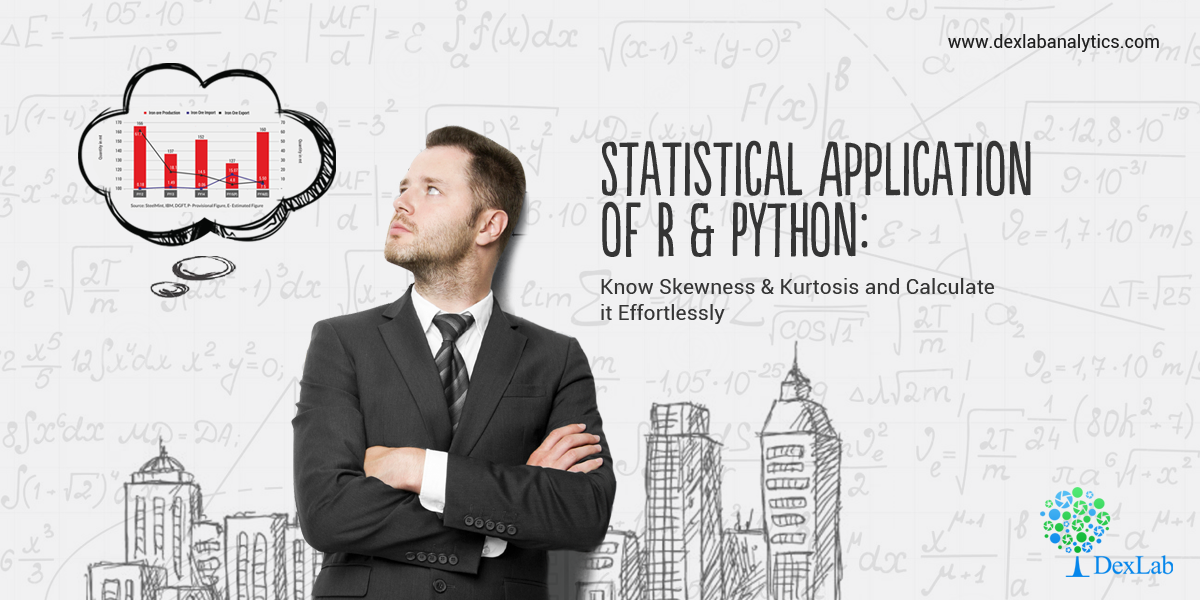![]()
The major improvements that Artificial Neural Network is bringing about in favour of deep learning for computer vision with Python are ground-breaking. Machine vision, in general, is hugely benefitted with the inclusion of the computer vision course Python, spurred by the all-new technology of Neural Networks. This is by and large a huge advancement in the field of computer science and gives much of an insight into what the future holds for us.
However, along with an array of experiments that are performed day in day out with Neural Network Machine Learning Python, numerous other fields are also likely to be revamped in much the same way. Predicting the weather, studying animals and other critical studies of cosmology are also believed to be easing soon holding the hands of the Artificial Neural Network technology.
Some Well-known Feats of the Artificial Neural Network
Artificial Neural networks (ANNs) are used in studying the patterns, relationships from the collected data just like humans. Going by the name, ANNs are modelled on the neural networks found in our brains, which are used to infuse the machines with the ability to learn by them. Besides, ANNs have been hugely successful in bringing about the concept of self-driving cars, boosting medical technology and numerous other fields. But, here we lay down some other fields which are soaking in the Artificial Neural Network extensively.
Meteorology
The accurate prediction of hailstorms and providing relevant alerts to the specific areas are expected to boost shortly. With the inclusion of Convolutional neural networks, (CNNs) the study of meteorology is deemed to achieve new heights. Besides, this improved technology would also be capable of identifying the size of the hails during this storm.
Tracking Bird Migration
We are all aware of the phenomenon of migration for the birds. But with the changing age, the routes of the birds are also different from what they used to be. However, if you need to track the migration of the birds, you can opt for the exclusive Neural Networks in Python course.
Interpreting the Dark Matter
Dark matter has been a topic which remains largely unexplored till date. Nothing beyond the name and the fact that it binds the universe together is brought to light. However, with the marked progress of the premium institutes like the Neural Networks Training in Delhi, the dark matter will no longer be a mystery.
Interested in a career in Data Analyst?
To learn more about Data Analyst with Advanced excel course – Enrol Now.
To learn more about Data Analyst with R Course – Enrol Now.
To learn more about Big Data Course – Enrol Now.To learn more about Machine Learning Using Python and Spark – Enrol Now.
To learn more about Data Analyst with SAS Course – Enrol Now.
To learn more about Data Analyst with Apache Spark Course – Enrol Now.
To learn more about Data Analyst with Market Risk Analytics and Modelling Course – Enrol Now.












